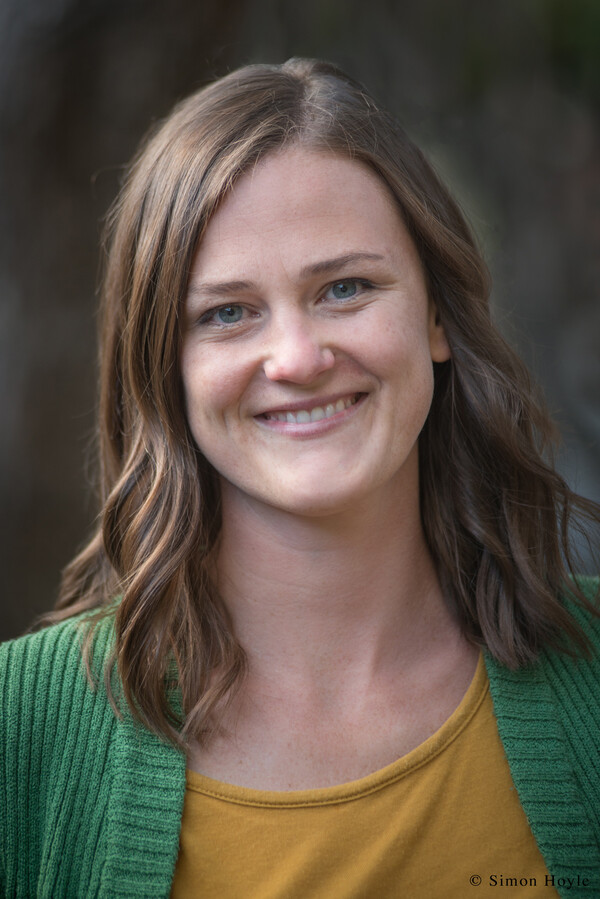
Graham Meadows

ABOUT THE AUTHOR
Meadows, Graham (1934 - ) is a veterinary surgeon, author and photographer who specialises in photographing animals. He has a photo-library of over 50,000 images, including over 35,000 images of animals. Born in England, Meadows moved to New Zealand in 1967.
Meadows has published over ninety titles, many of them non-fiction educational books for children. His subject matter covers all things animal, from The Underwater Zoo (1988) to Pets and Other Creatures (2000). Titles for adults include the more prosaic Sheep Breeds of New Zealand (1997), and several practical guides to the care of domestic animals. He has published one fiction book for adults, A Seal on the Motorway (1983), about a seal of the aquatic - rather than ashphalt - kind. His fiction title for children is The Adventures of Granny Gatman (1999).
Graham Meadows is a past editor of the New Zealand Veterinary Journal and the IVS Guide to Animal Nutritions. His books for adults and children show an ongoing commitment to presenting information about the animal world in a clear, uncluttered and accessible format.
The Animals are not like us series for three- seven year olds includes books on Horses, Cats, Dogs, Pigs. They are available in both Māori and English.
MEDIA LINKS AND CLIPS
- For more information and pictures visit Graham Meadow's homepage






